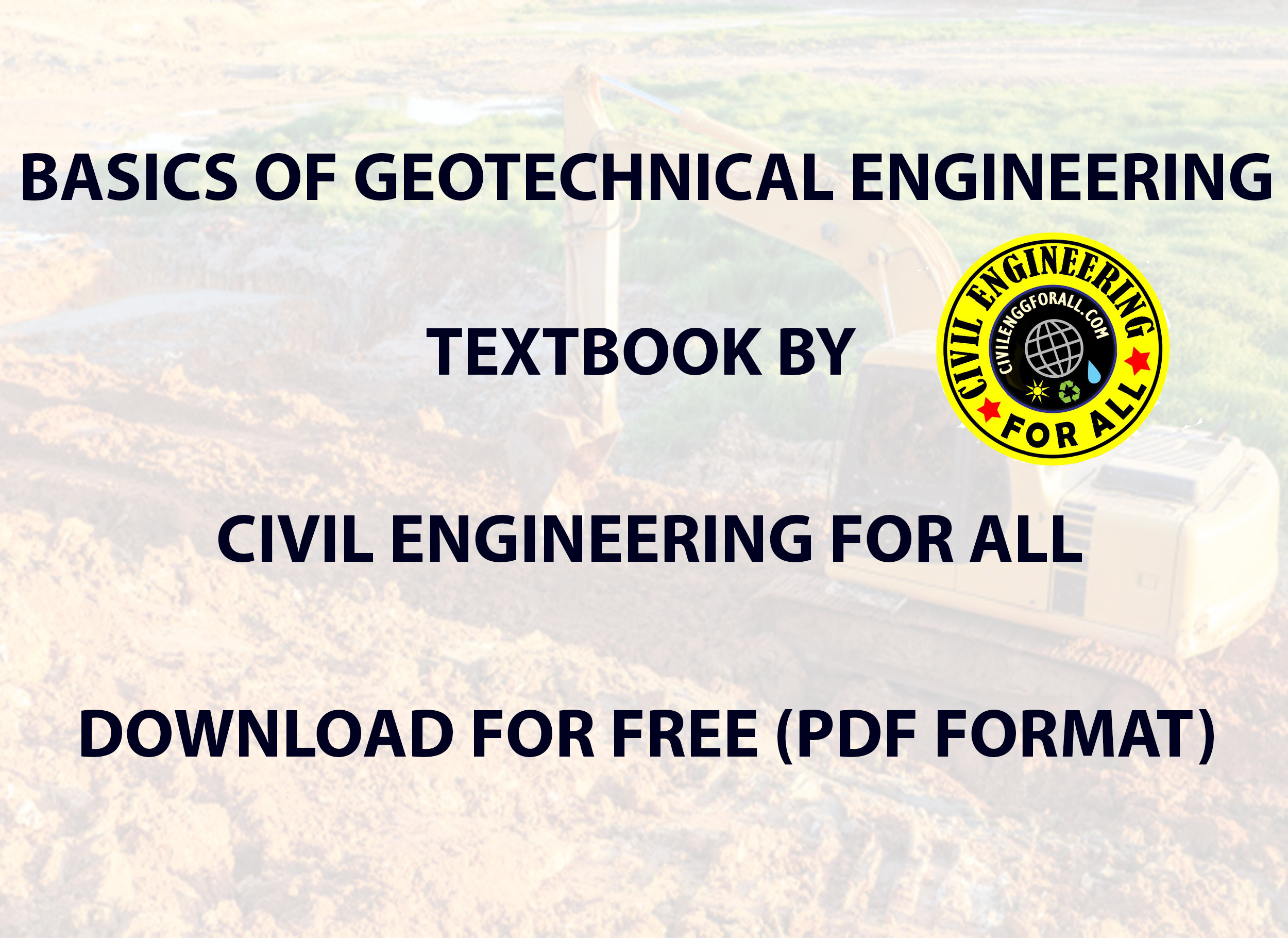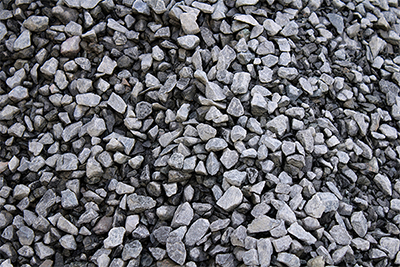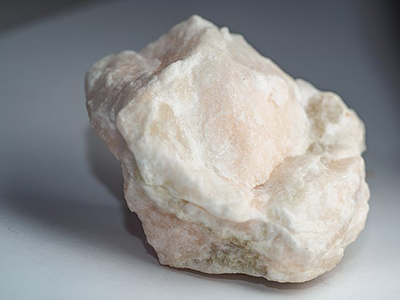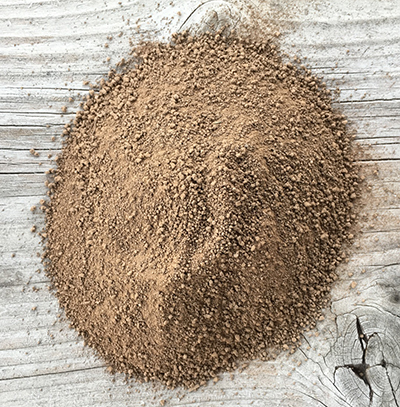

TOPICS COVERED
- History of Geotechnical Engineering
- Origin of Soil and Grain Size
- Weight-Volume Relationships, Plasticity and Soil Structure
- Engineering Classification of Soil
- Soil Compaction
- Permeability
- Seepage
- In-Situ Stresses
- Stresses in a Soil Mass
- Compressibility of Soil
- Shear Strength of Soil
- Lateral Earth Pressure at rest, rankine and Coulomb
- Lateral Earth Pressure at curved failure surface
- Slope stability
- Soil bearing capacity got shallow foundations
- Landfill liners and Geosynthetics
- Subsoil Exploration
SOIL MECHANICS IES MASTER GATE STUDY MATERIAL : CLICK HERE
Geotechnical Engineering
The mineral grains that form the solid phase of a soil aggregate are the product of rock weathering. The size of the individual grains varies over a wide range. Many of the physical properties of soil are dictated by the size, shape and chemical composition of the grains. To better understand these factors, one must be familiar with the basic types of rock that form the earth’s crust, the rock-forming minerals, and the weathering process.
Igneous Rock Igneous rocks are formed by the solidification of molten magma ejected from deep within the earth mantle.
After ejection by either fissure eruption or volcanic eruption, some of the molten magma cools on the surface of the earth. Sometimes magma ceases its mobility below the earth’s surface and cools to form intrusive igneous rocks that are called plutons. Intrusive rocks formed in the past may be exposed at the surface as a result of the continuous process of erosion of the materials that once covered them.
GEOTECHNICAL ENGINEERING ACE GATE STUDY MATERIAL : CLICK HERE
WEATHERING
Weathering is the process of breaking down rocks by mechanical and chemical processes into smaller pieces. Mechanical weathering may be caused by the expansion and contraction of rocks from the continuous gain and loss of heat, which results in ultimate disintegration. Frequently, water seeps into the pores and existing cracks in rocks. As the temperature drops, the water freezes and expands.
The pressure exerted by ice because of volume expansion is strong enough to break down even large rocks, other physical agents that help to disintegrate rocks are glacier ice, wind, the running water of streams and rivers , and ocean waves. It is important to realize that in mechanical weathering, large rocks are broken down into smaller pieces without any change in the chemical composition.
GEOTECHNICAL ENGINEERING MADE EASY GATE NOTES : CLICK HERE
Transportation of Weathering Products
The products of weathering may stay in the same place or may be moved to other places by ice, water, wind and gravity . The soils formed by the weathered products at their place of origin are called residual soils. An important characteristic of residual soil is the gradation of particle size. Fine-grained soil is found at the surface, and the grain size increases with depth. At greater depths, angular rock fragments may also be found.
The transported soils may be classified into several groups depending on their mode of transportation and deposition
- Glacial soils – formed by transportation and deposition of glaciers
- Alluvial soils – transported by running water and deposited along Streams
- Lacustrine Soils – formed by deposition in quiet likes
- Marine Soils – formed by deposition in the Seas
- Aeolian Soils – transported and deposited by wind
- Colluvial soils – formed by movement of soil from its original place by gravity, such as during landslides
The deposits of gravel, sand, silt, and clay formed by weathering may become compacted by overburden pressure and cemented by agents like iron oxide, calcite, dolomite and quartz. Cementing agents are generally carried in Solution by ground water. They fill the spaces between particles and form Sedimentary rock. Rocks formed in this way are called detrital sedimentary rocks. Conglomerate, breccia, sand stone, mudstone, and shale are some examples of the detrital type .



Sedimentary rock can also be formed by chemical processes. Rocks of this type are classified as chemical sedimentary rock. Limestone, chalk, dolomite, gypsum, anhydrite, and others belong to this category. Limestone is formed mostly of calcium carbonate that originates from calcite deposited either by organisms or by an inorganic process. Dolomite is calcium magnesium carbonate. It is formed either by the chemical deposition of mixed carbonates or by the reaction of magnesium in water with limestone.
Gypsum and anhydrite result from the precipitation of soluble, because of evaporation of ocean water. They belong to a class of rocks generally referred to as evaporites. Rock salt is another example of an evaporites that originates from the salt deposits of seawater. Sedimentary rock may undergo weathering to form sediments or may be subjected to the process of metamorphism to become metamorphic rock.
BASICS OF GEOTECHNICAL ENGINEERING TEXTBOOK BY CIVILENGGFORALL
DOWNLOAD LINK : CLICK HERE
PASSWORD : CivilEnggForAll
OTHER USEFUL BOOKS
- BUILDING MATERIALS – MOCK TEST 1 (QUICK)
- TELANGANA STATE PUBLIC SERVICE COMMISSION – ASSISTANT ENGINEER 2023 – TSPSC AE 2023 CIVIL ENGINEERING EXAM SOLVED PAPER WITH EXPLANATIONS PDF FREE DOWNLOAD
- SSC JE 2023 CIVIL ENGINEERING (CPWD/CWC/MES) EXAM SOLVED PAPER PDF FREE DOWNLOAD
- BIHAR PUBLIC SERVICE COMMISSION ASSISTANT ENGINEER (BPSC AE) 2022 CIVIL ENGINEERING EXAM SOLVED PAPER WITH EXPLANATIONS PDF
- NHPC (NATIONAL HYDROELECTIC POWER CORPORATION) JUNIOR ENGINEER NHPC JE 2022 CIVIL ENGINEERING EXAM SOLVED PAPER PDF FREE DOWNLOAD

Leave a Reply